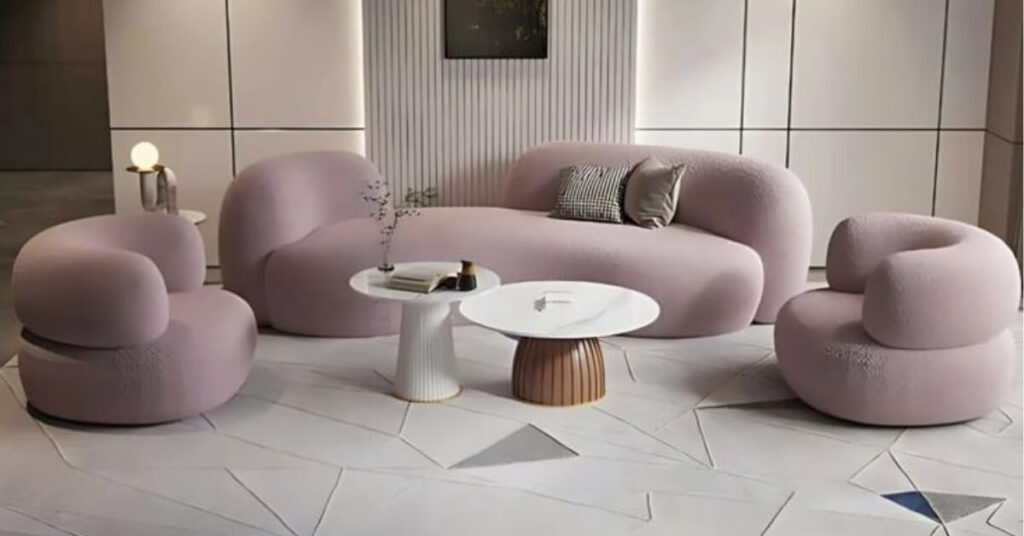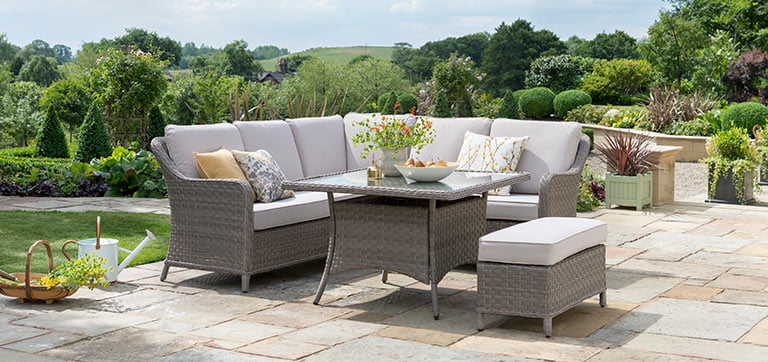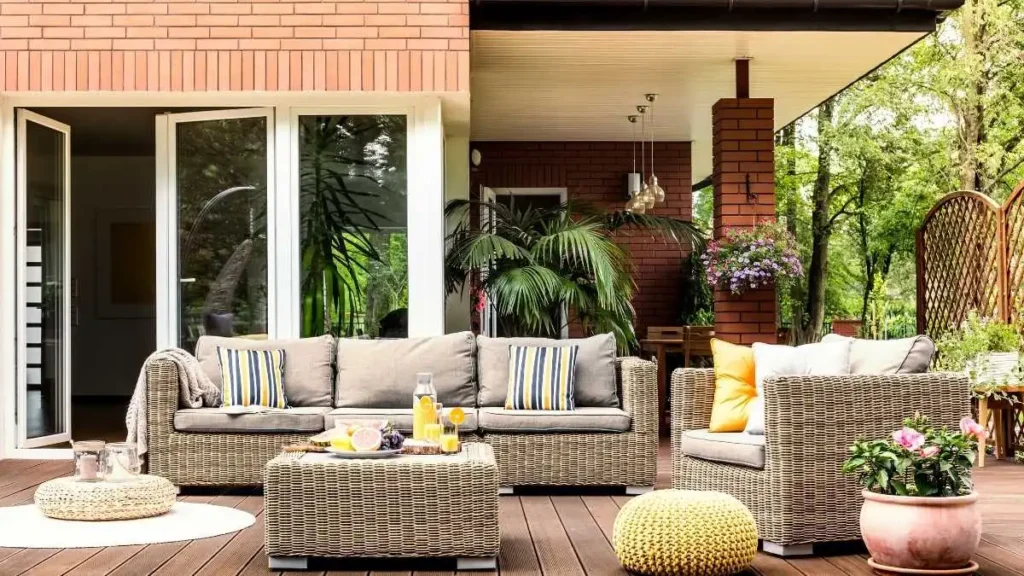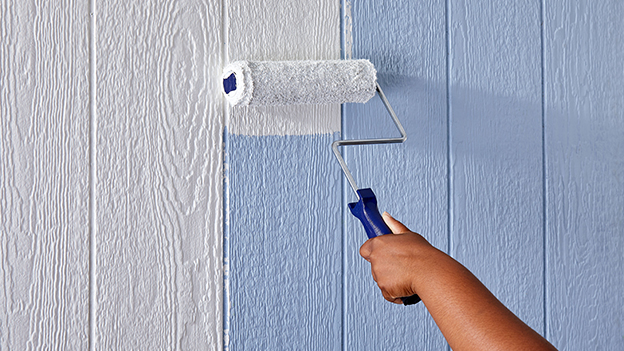Learning how to store furniture in a garage can be a fantastic solution when you need extra space during a move, renovation, or just to declutter your home. While a garage offers convenient storage, it also exposes your valuable pieces to potential damage from temperature fluctuations, moisture, pests, and dust if you don’t take the right precautions. Properly preparing your furniture and the garage itself is crucial to ensure your items remain in great condition.
This guide provides a comprehensive approach to storing furniture in a garage. By following these clear, actionable steps, you can confidently protect your wood tables, upholstered sofas, and other cherished items from harm. We will cover everything from cleaning and disassembling your pieces to preparing the garage environment, ensuring your furniture stays safe and preserved until you need it again.
How to Prepare Your Furniture for Garage Storage
The first step in learning how to store furniture in a garage is preparing the items themselves. Simply moving your furniture from the house to the garage without proper care can lead to long-term damage. Dust, dirt, and hidden crumbs can attract pests and contribute to mold growth, while unaddressed repairs can worsen over time. Therefore, taking a bit of time to clean, inspect, and protect each piece will pay off significantly, preserving its value and condition.
This preparation phase involves more than just a quick dusting. It’s about creating a protective barrier against the garage environment. From thorough cleaning to careful wrapping, each action you take now helps safeguard your furniture against moisture, pests, and physical damage. This section will walk you through the essential preparations to get your furniture ready for storage.
Clean Every Piece Thoroughly
Before anything else, give every piece of furniture a deep cleaning. For wooden furniture, use a wood-safe cleaner to remove dust, grime, and any sticky residues. Upholstered items like sofas and chairs should be vacuumed thoroughly, using crevice tools to get into tight corners and under cushions. If there are any stains on the fabric, it’s best to treat them with an appropriate upholstery cleaner and let them dry completely.
This step is critical because leftover food crumbs or spills can attract pests like rodents and insects, which can cause significant damage. Furthermore, cleaning removes mold spores and mildew that might already be present, preventing them from spreading in the humid environment of a garage. For leather furniture, use a dedicated leather cleaner and conditioner to prevent it from drying out and cracking over time.
Disassemble Furniture When Possible
To maximize space and make items easier to move and store, disassemble larger pieces of furniture. This includes removing legs from tables and couches, taking bed frames apart, and removing shelves from bookcases. Disassembling not only saves space but also reduces the risk of damage, as protruding parts like legs are less likely to break or get scratched.
Once you have taken everything apart, keep all the small hardware—screws, bolts, and nuts—organized. Place them in a labeled plastic bag and tape it securely to the largest corresponding furniture piece. This simple step will save you a massive headache later when it’s time to reassemble everything. You will not have to guess which screw belongs to which piece of furniture, making the entire process much smoother.
Wrap Furniture for Protection
After cleaning and disassembling, wrapping your furniture is the final protective step. Use moving blankets, old sheets, or drop cloths to cover each item. These breathable materials protect against dust, scratches, and dings while allowing air to circulate, which helps prevent moisture buildup and condensation. Avoid using plastic wrap directly on wood or upholstered furniture, as it can trap moisture and lead to mold, mildew, or warping.
For delicate items like glass tabletops or mirrors, add an extra layer of protection by wrapping them in bubble wrap before covering them with a blanket. Secure the wrapping with packing tape, but make sure the tape only sticks to the blanket or wrap, not directly to the furniture’s surface. Direct contact with tape can damage the finish, especially on wood and painted items.
How to Prepare Your Garage for Storing Furniture
Once your furniture is ready, the next focus is preparing the garage itself. A typical garage is not designed for long-term storage of sensitive items like furniture. It is often uninsulated, prone to moisture, and susceptible to pests. Taking steps to control the environment is essential if you want to know how to store furniture in a garage without causing damage.
Creating a safe storage zone within your garage involves cleaning the space, managing moisture levels, and implementing pest control measures. These actions will transform a section of your garage into a more suitable environment for your valuable items. This preparation ensures that your furniture will be just as you left it when you are ready to use it again.
Clean and Declutter the Garage
Start by giving your garage a thorough cleaning. Sweep the floors to remove dust, dirt, and debris that could settle on your furniture. It is also a good idea to wipe down the walls and shelves to get rid of cobwebs and any potential pest nests. Decluttering the space will also help create a clear, designated area for your furniture.
This is also a great time to check for any oil spills or chemical stains on the floor. Clean these up to prevent them from seeping into your furniture coverings or creating unpleasant odors. A clean and organized space not only looks better but also reduces the risk of pests and makes it easier to access your stored items when you need them.
Implement Pest Control Measures
Garages are common entry points for pests like mice, spiders, and insects. Before you move your furniture in, take steps to pest-proof the area. Seal any cracks or holes in the walls, foundation, and around windows or doors where pests could enter. You can use caulk or weather stripping for this purpose.
Consider setting up mouse traps or bait stations as a preventative measure, especially if you have had issues with rodents in the past. Placing mothballs or cedar blocks among your stored furniture can also help deter insects from nesting in fabrics and wood. Taking these precautions will help protect your furniture from being chewed, stained, or infested during its time in storage.
Protect from Moisture and Temperature Changes
Moisture is one of the biggest threats to furniture stored in a garage. To combat this, place a layer of plastic sheeting on the garage floor where you plan to store your furniture. This acts as a vapor barrier, preventing ground moisture from seeping up into your items. For even better protection, place wooden pallets on top of the plastic sheeting and arrange your furniture on the pallets. This elevates your furniture off the floor, allowing air to circulate underneath and keeping it away from any potential water leaks.
Garages also experience significant temperature swings, which can cause wood to expand and contract, leading to cracks and warping. While it is difficult to completely control the temperature without insulation, you can mitigate the effects by storing furniture away from windows and direct sunlight. Covering items helps buffer them from the most extreme temperature changes.
Smart Strategies for Arranging Furniture in the Garage
Now that your furniture and garage are prepared, the final piece of the puzzle is arranging everything efficiently. How you organize your items will impact not only how much you can fit but also how well-protected they remain. A well-organized storage area makes it easier to access items and prevents accidental damage from stacking things improperly.
The goal is to maximize your space while ensuring every piece is stable and secure. This involves strategic placement of larger items, careful stacking of smaller ones, and creating pathways for easy access. Follow these tips to arrange your furniture like a pro.
Place Large Items First
Begin by placing the largest and heaviest items in the designated storage area. Items like sofas, dressers, and large cabinets should be placed against the walls to create a stable base and maximize open space in the center of the garage. Make sure to leave a few inches of space between the furniture and the walls to allow for air circulation, which is crucial for preventing moisture buildup.
When placing dressers or cabinets, it is best to store them with the drawers and doors facing outward so you can potentially use them for storing smaller, lighter items. This strategic placement sets the foundation for the rest of your storage plan.
Stack with Care
Stacking items can save a lot of space, but it must be done carefully to avoid damage. Place lighter items on top of sturdier ones. For instance, you can stack chairs seat-to-seat, with a blanket or padding in between to prevent scratches. Tabletops and other flat items can be stored vertically to save space, but make sure they are securely propped against a wall and won’t tip over.
Never stack heavy items on top of more fragile ones. Avoid putting anything heavy on top of a couch or upholstered chair, as it can crush the cushions and damage the frame. The rule of thumb is to create stable, balanced stacks that won’t shift or topple over time.
Create an Aisle for Access
Finally, as you arrange your furniture, be sure to leave a clear pathway or aisle so you can access items at the back without having to move everything. This is especially important if you think you might need to retrieve something from storage before you are ready to move everything out.
This small bit of planning will save you a lot of time and effort in the long run. It ensures that you can easily check on your items, access what you need, and maintain an organized storage space throughout the entire time your furniture is in the garage.
Read Next: How to Sell Used Office Furniture for the Best Price?
Your Next Steps
Knowing how to store furniture in a garage correctly involves careful preparation of both your items and the storage space itself. By following these steps—cleaning and wrapping your furniture, preparing the garage to control for moisture and pests, and arranging everything strategically—you can ensure your furniture remains in excellent condition. This approach will protect your investment and give you peace of mind until you are ready to bring your furniture back into your home.
Frequently Asked Questions
1. Is it a good idea to store wooden furniture in the garage?
Yes, you can store wooden furniture in the garage, but you must take precautions. Wood is susceptible to damage from humidity and temperature changes, which can cause it to warp, crack, or grow mold. Make sure to clean and wrap it in breathable covers and elevate it off the concrete floor.
2. Can I store a mattress in the garage?
Yes, you can store a mattress in the garage if you protect it properly. Encase the mattress in a mattress-specific storage bag to protect it from moisture, dust, and pests. It’s best to store it flat on a clean, elevated surface rather than on its side, which can damage the springs and internal structure over time.
3. How do I protect my couch in a garage?
To protect your couch, first vacuum it thoroughly to remove any crumbs or debris. Then, cover it with breathable moving blankets or old sheets to keep dust off while allowing air to circulate. Avoid plastic wrap, as it can trap moisture. Finally, elevate the couch on pallets to protect it from ground moisture.
4. What should you not store in a garage?
You should avoid storing items that are highly sensitive to temperature and humidity fluctuations. This includes things like photos, important documents, electronics, paint, and flammable liquids. These items can be easily damaged in an unconditioned garage environment.
As an Amazon Associate, I earn from qualifying purchases.



